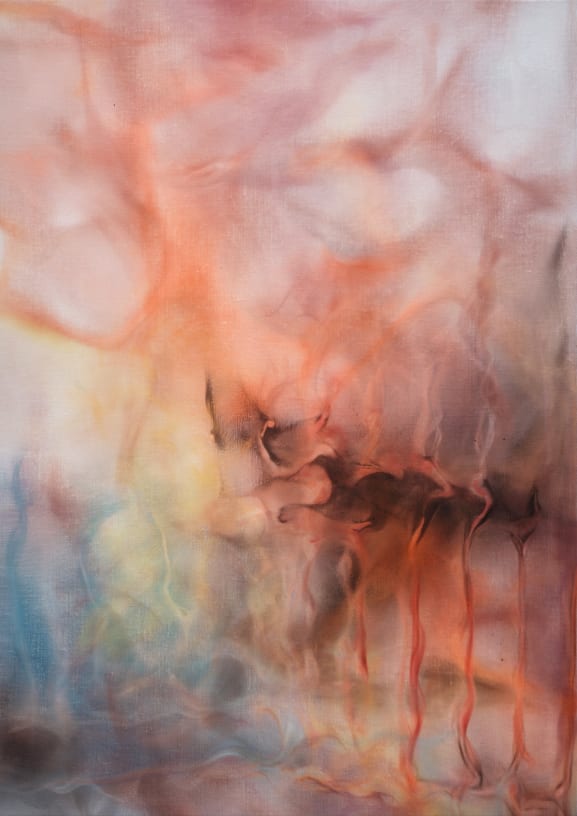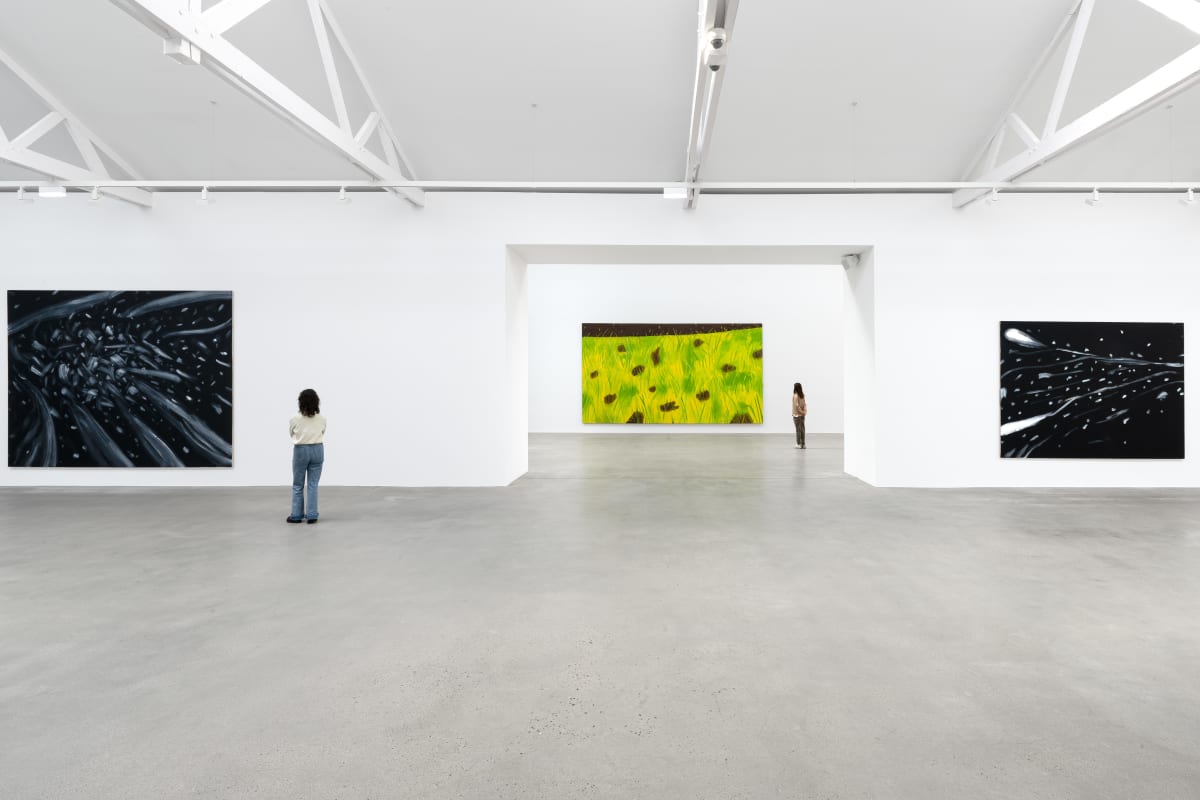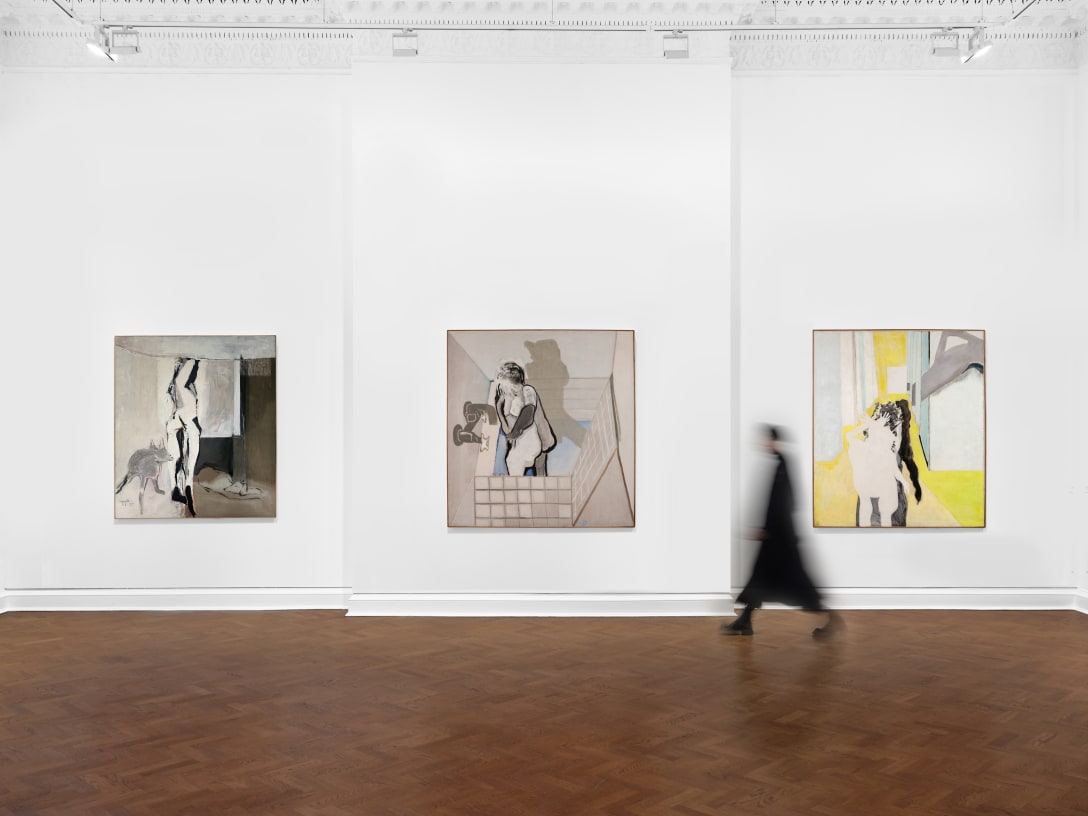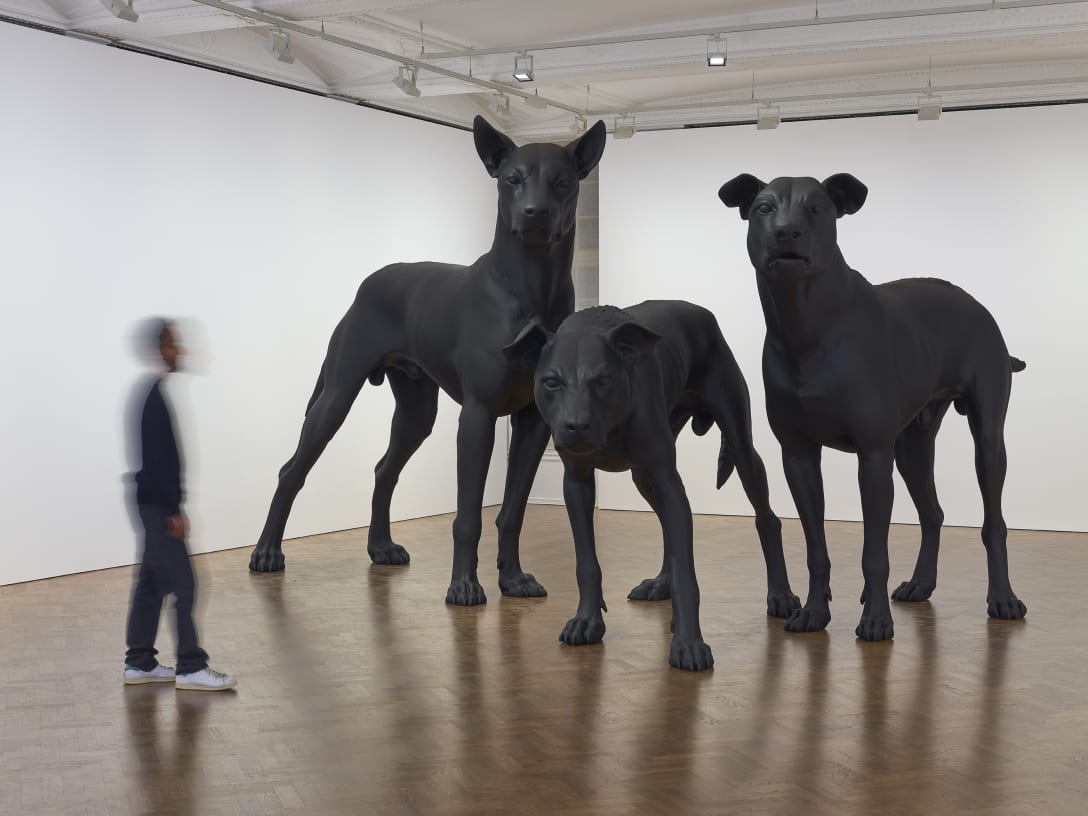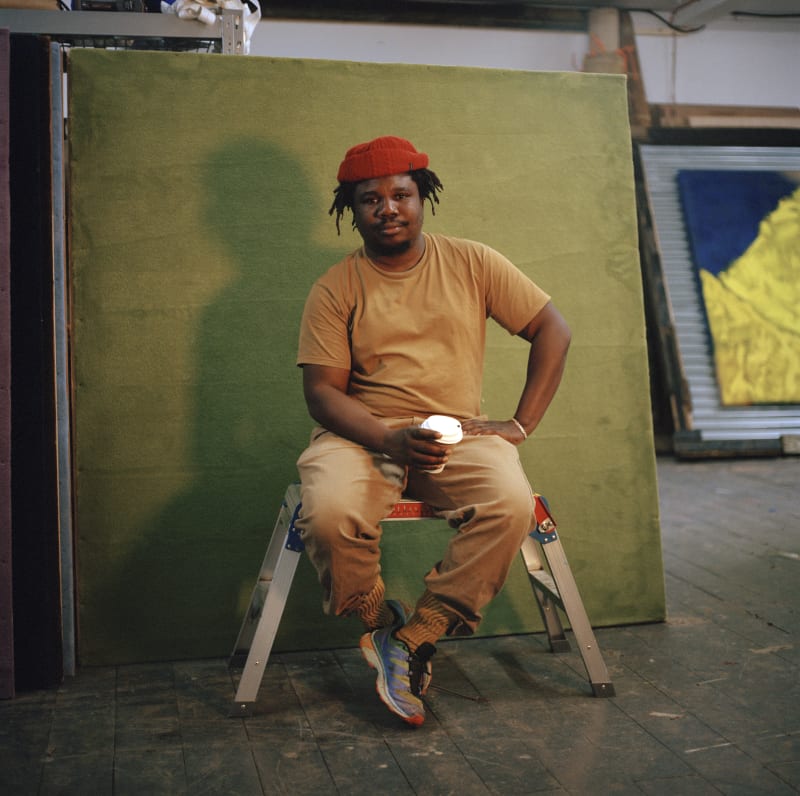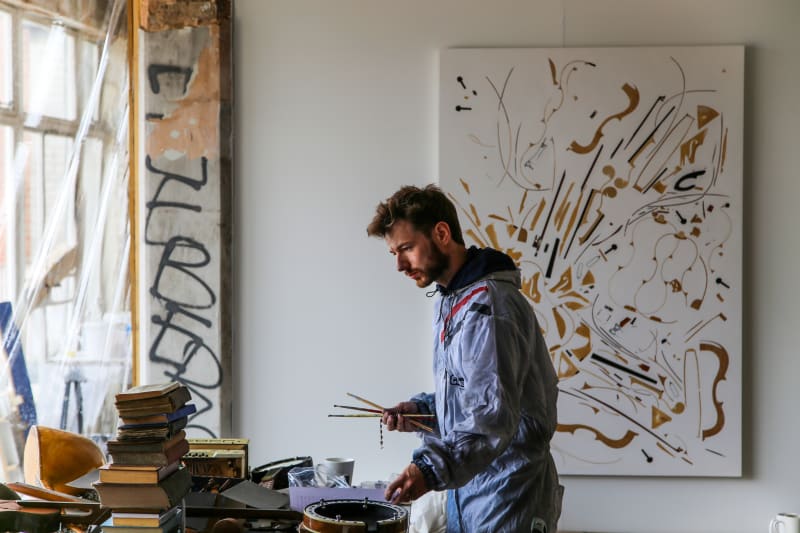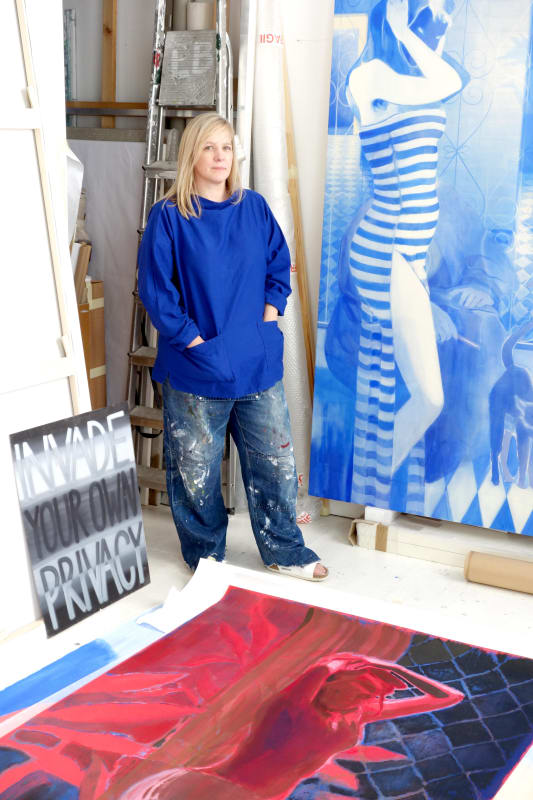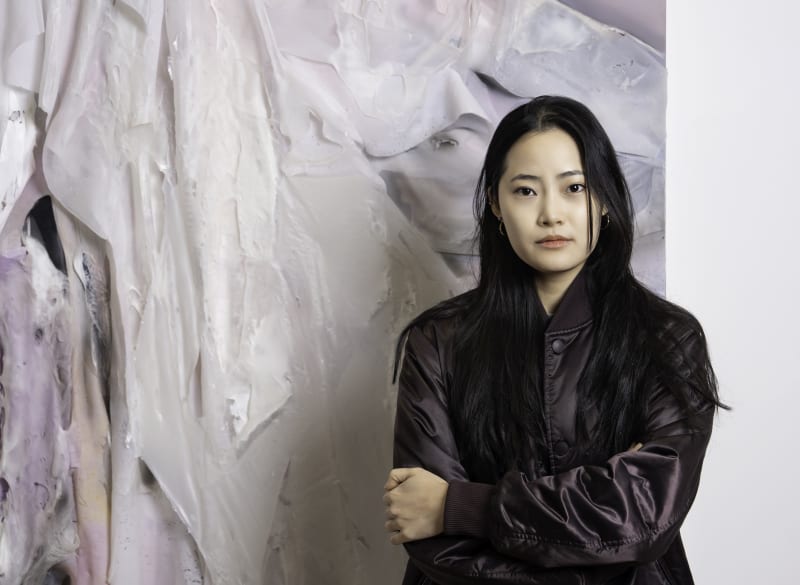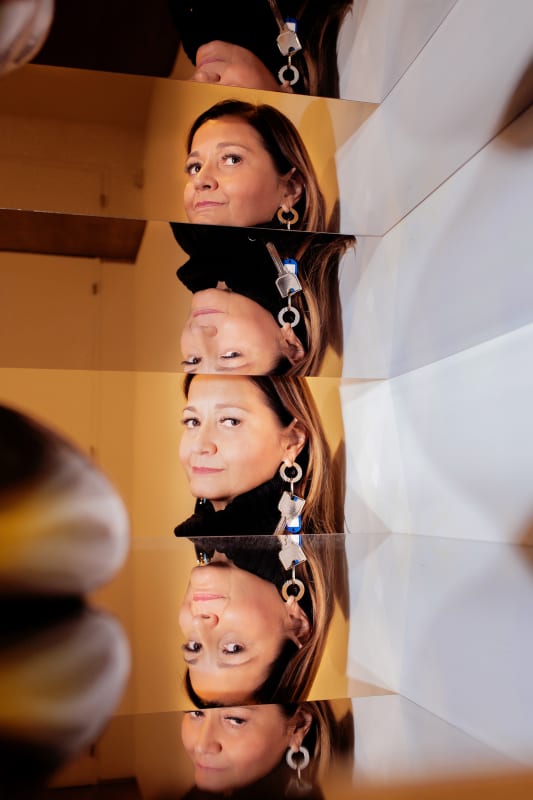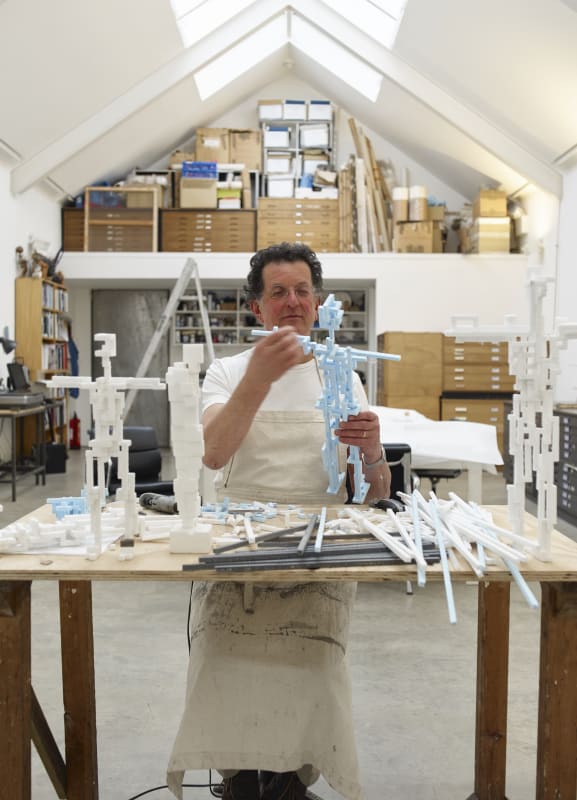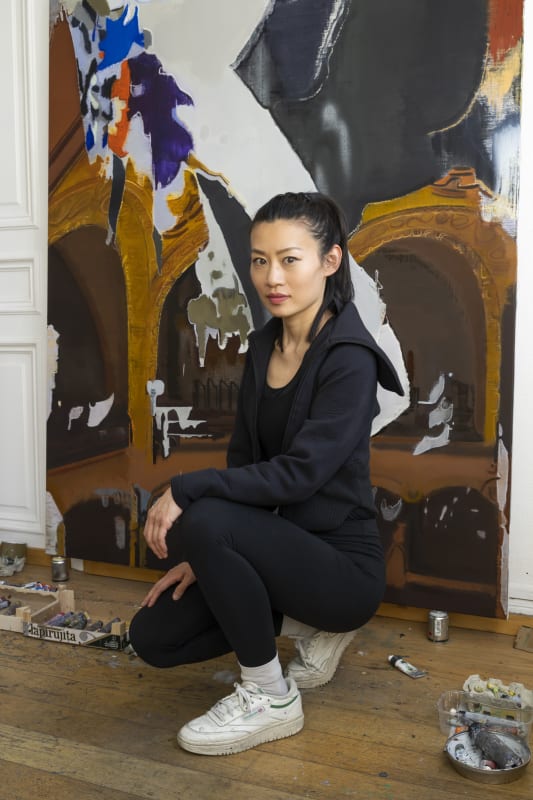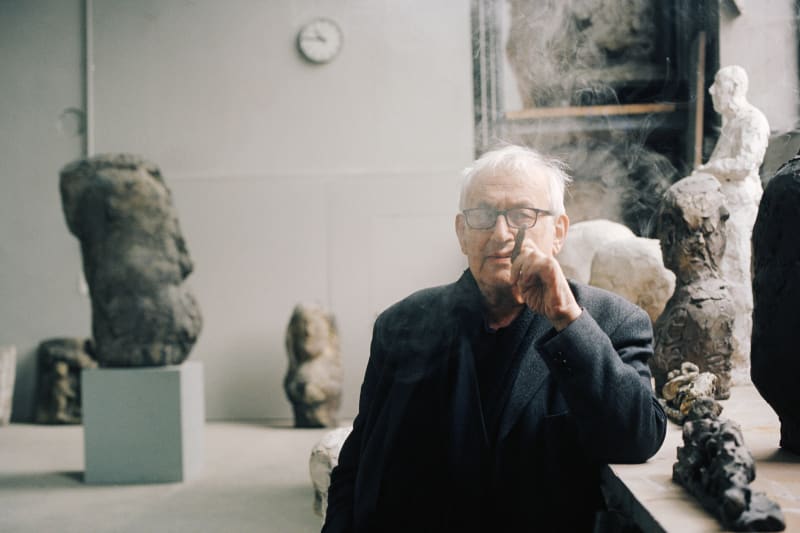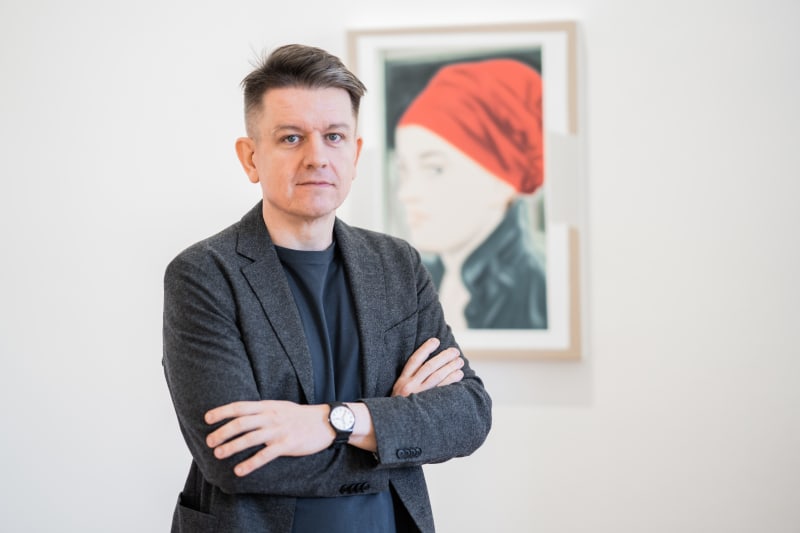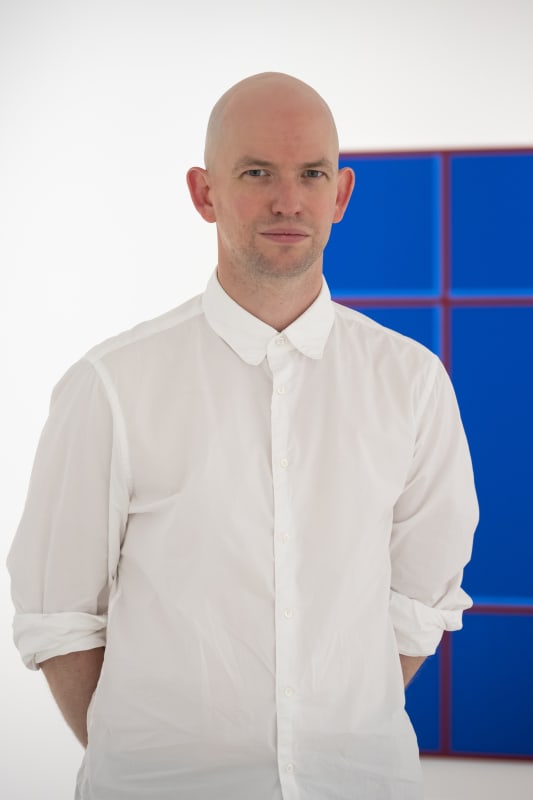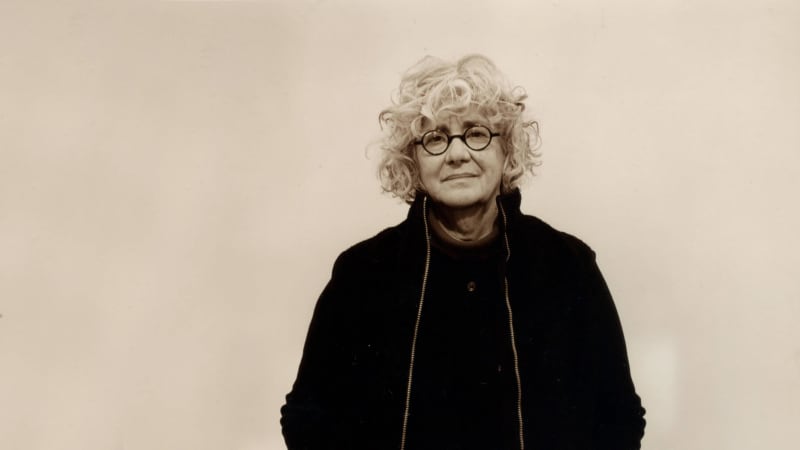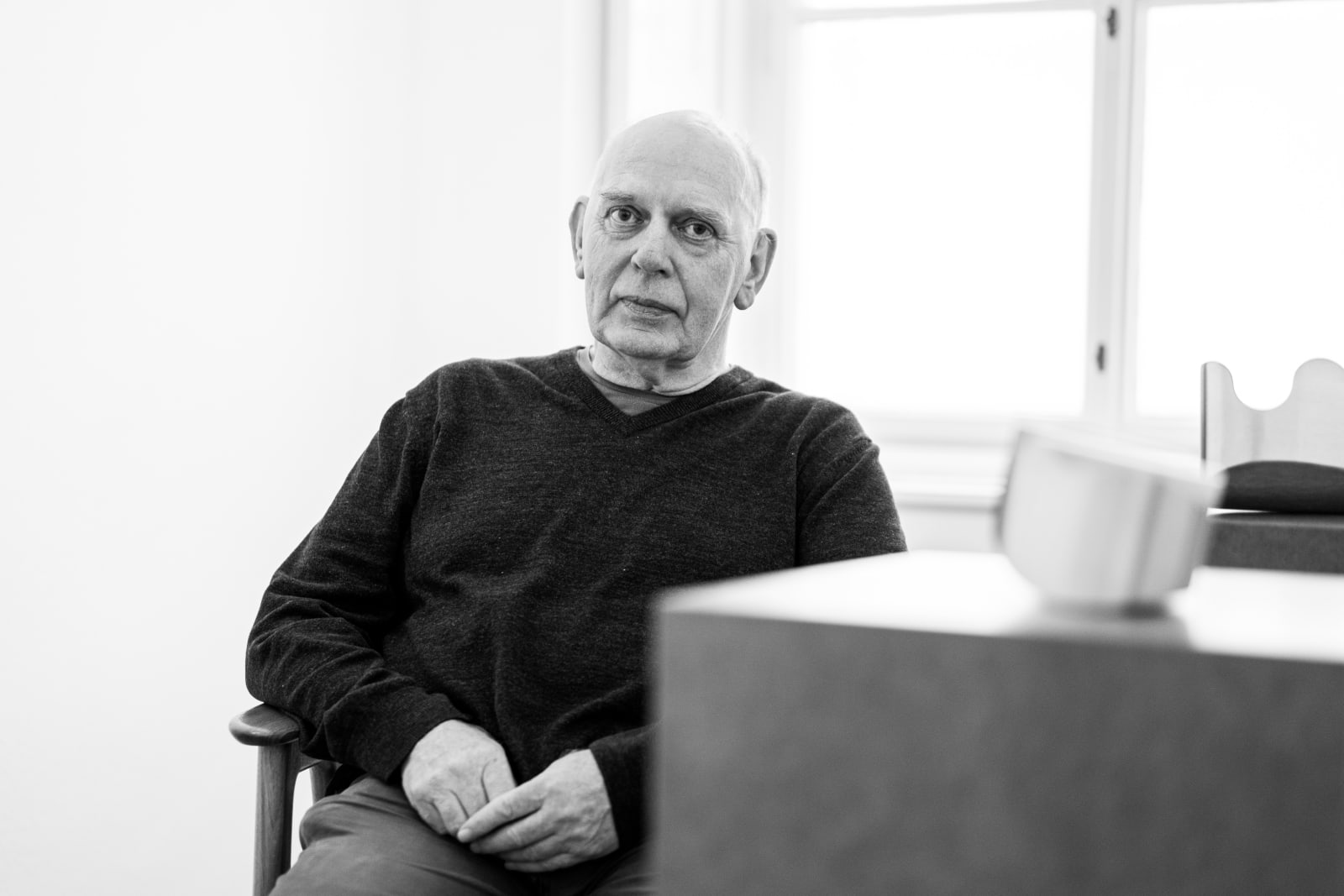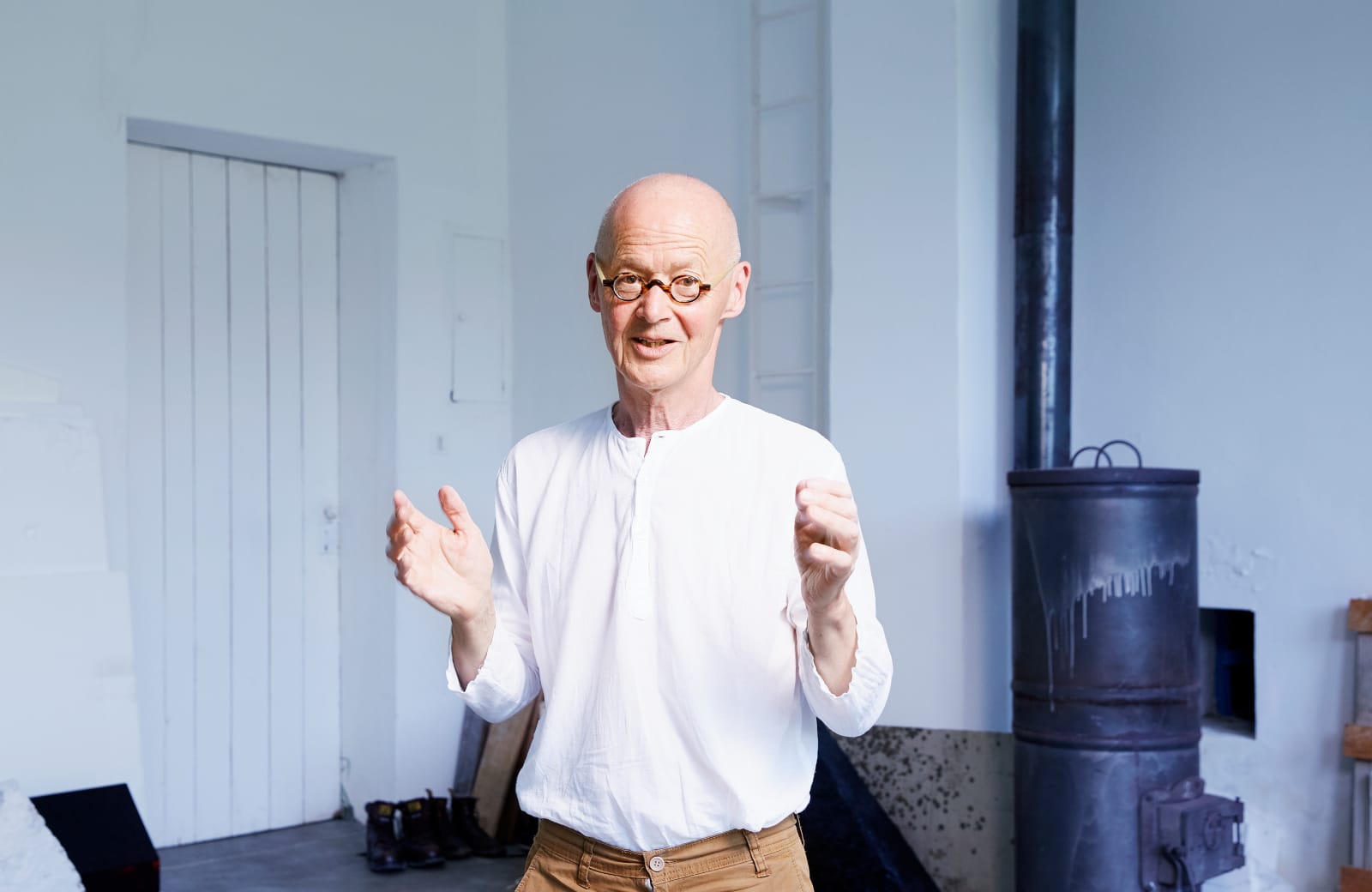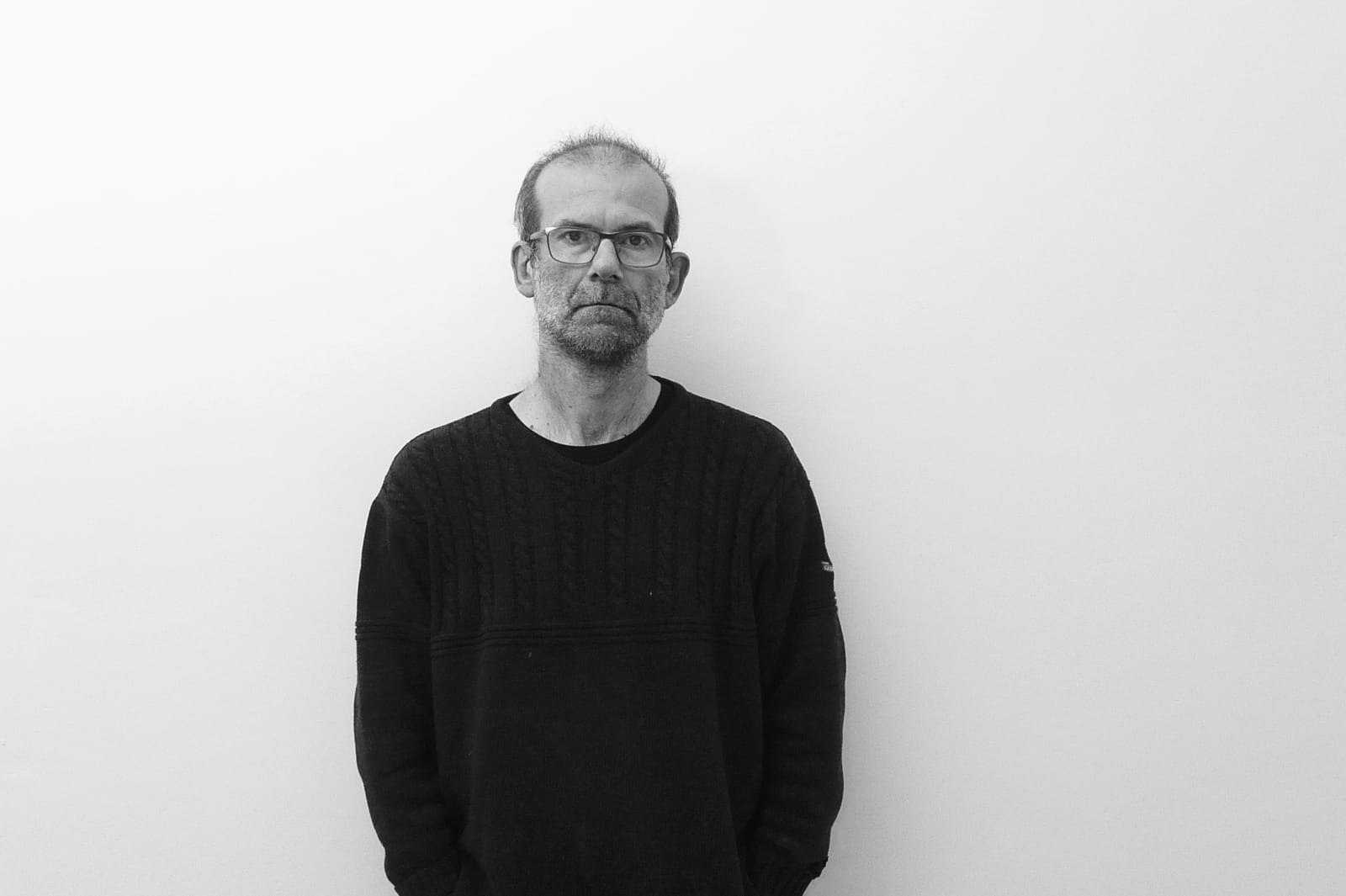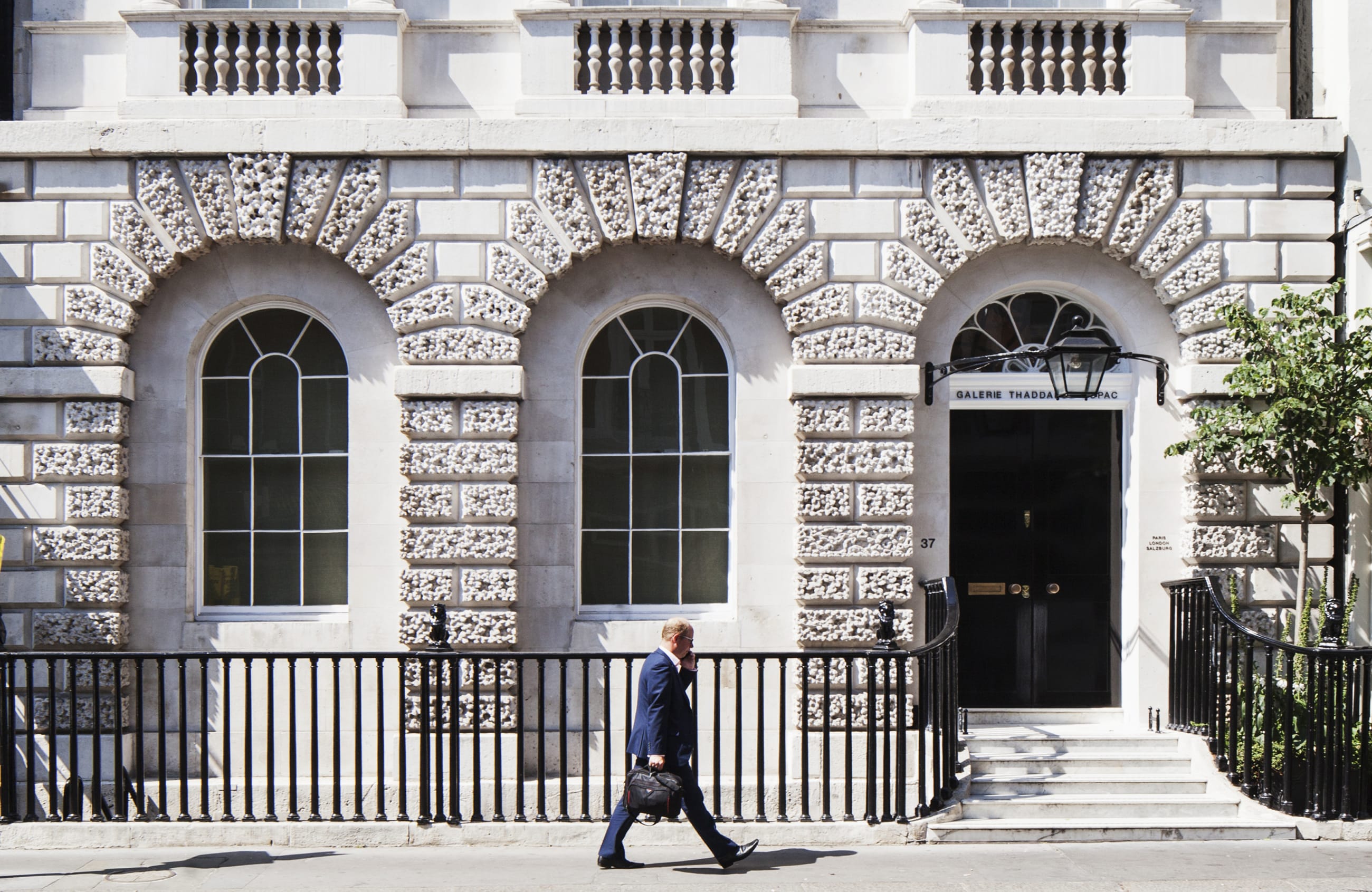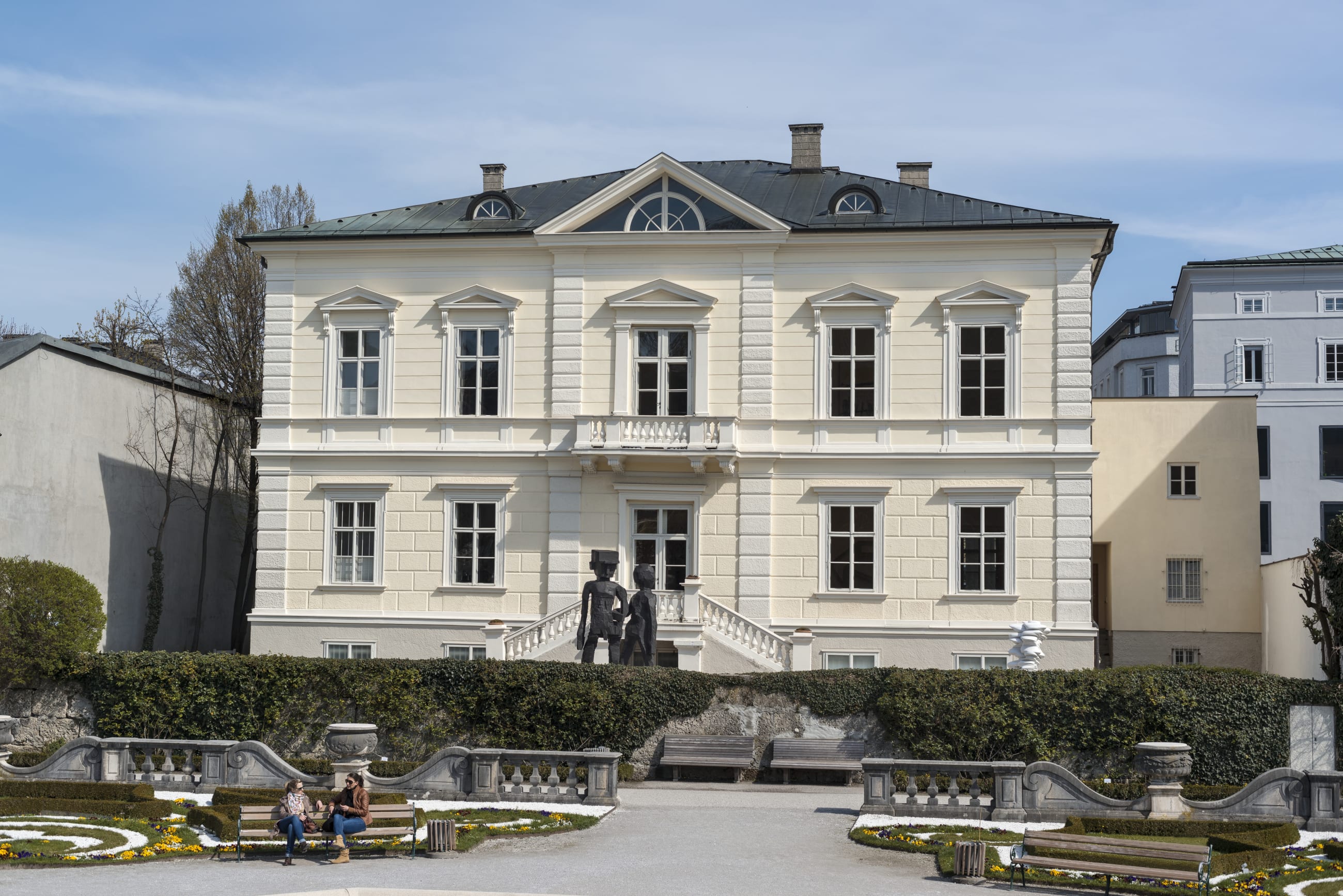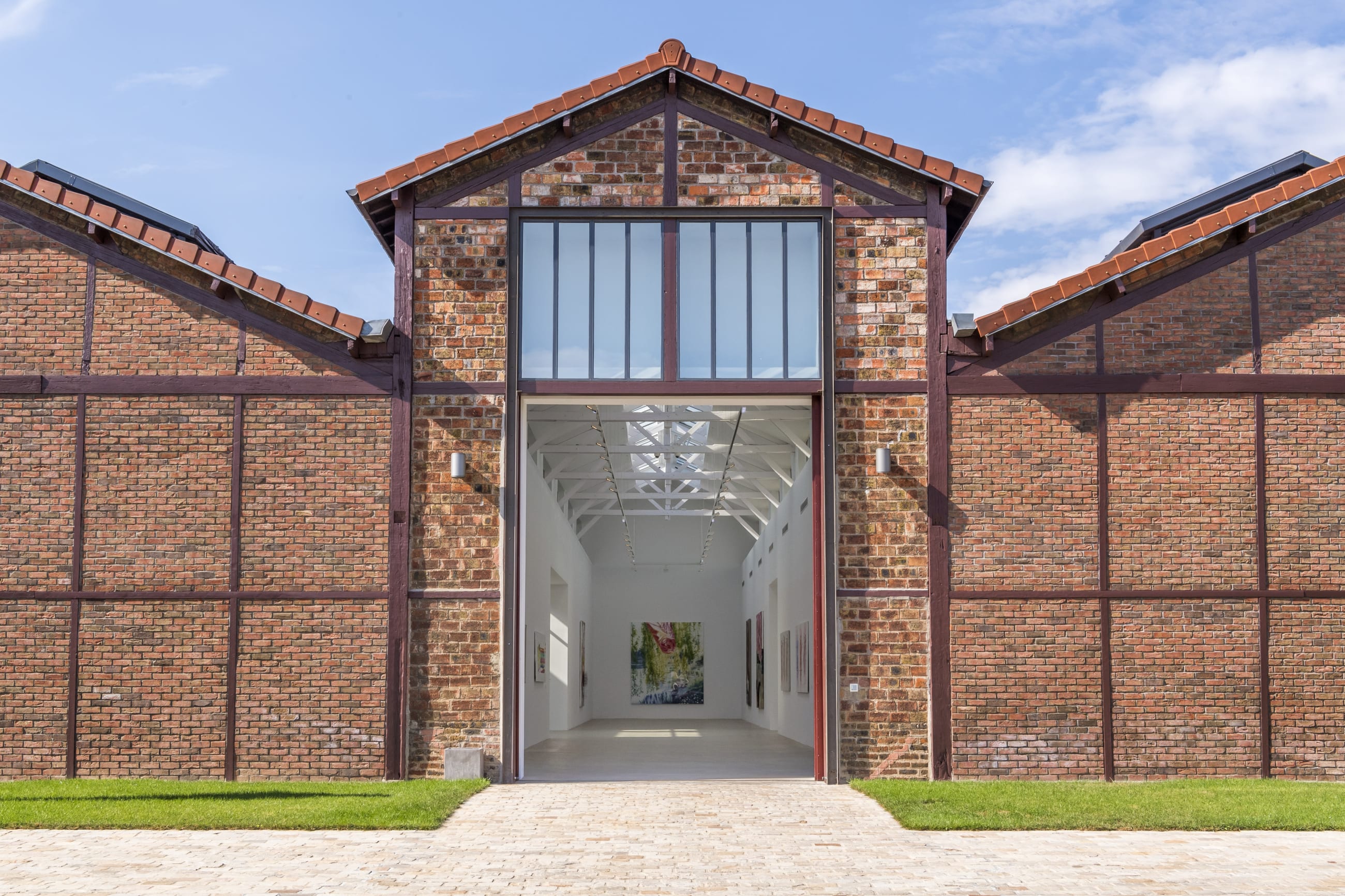How Aisha Khalid and Imran Qureshi revolutionized miniature painting A portrait of the artist couple . (This link opens in a new tab).
By Rabeya Jalil
An army of Persian cats greets me on my visit to Aisha Khalid and Imran Qureshi’s residence in Lahore. Struggling to get through to the living room, I take in the house’s magnificent 20-foot-high ceiling. This extraordinary domestic space, impeccably furnished and surrounded by dense foliage, is the sanctuary of Pakistan’s preeminent artist couple. They have created this home with passion and dedication, spending 25 years acquiring paintings, craft, and artifacts, to create an exquisite fusion of art, design, and architecture. Theirs is a life of artistic intimacy.
From Diego Rivera and Frida Kahlo to John Lennon and Yoko Ono, artist couples have punctuated art history for decades, if not centuries. But Khalid and Qureshi are different. Together, they form the core of the neo-miniature movement. Both have played – and continue to play – a major role in the development of a new kind of painting tradition. Each in their own way, Khalid and Qureshi have mastered the art of symbolism and brought to the fore the productive potential of linking history and contemporaneity in and beyond South Asia.
The pair first met in 1992 as students at the National College of Arts, Lahore, one of the oldest art institutions in South Asia, and alma mater to many distinguished artists from the region. Both had traveled from smaller towns to study fine arts in Pakistan’s capital city, both studied miniature painting, both were ‘junooni’ (obsessive), curious students with extraordinary energy, and an endless desire and drive to learn. They grew fond of each other. ‘I was in awe of Aisha’s discipline, decorum, and organization,’ remembers Qureshi. ‘I learnt a lot from her.’ Khalid adds, ‘Back then, Imran had a spark like no one else, I admired his ambition and his ability to experiment and take risks.’
Their personal journeys and artistic lives have converged beautifully over the last three decades – and their rich portfolios reflect their shared influences. Inspired by classical Mughal miniatures and the Indo-Persian painting technique of pardaakht (thin, rigorously detailed mark-making), they have expanded its visual vocabulary to encompass a wide variety of media, stretching the boundaries of traditional miniatures beyond the obvious limitations of scale and two-dimensionality to include elements of space, time, and sound. Their distinct imagery and artistic methods center on color and repetition of form, while their large-scale monumental projects exhibit distinct sociopolitical concerns.











